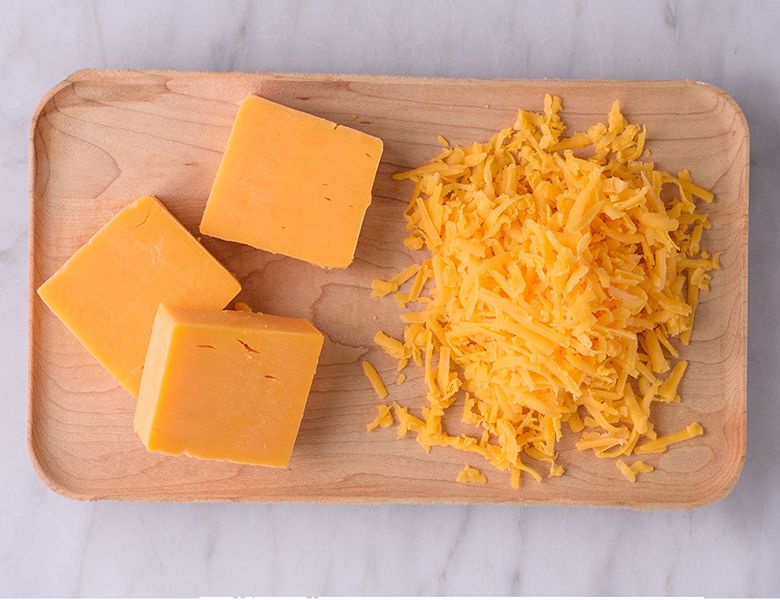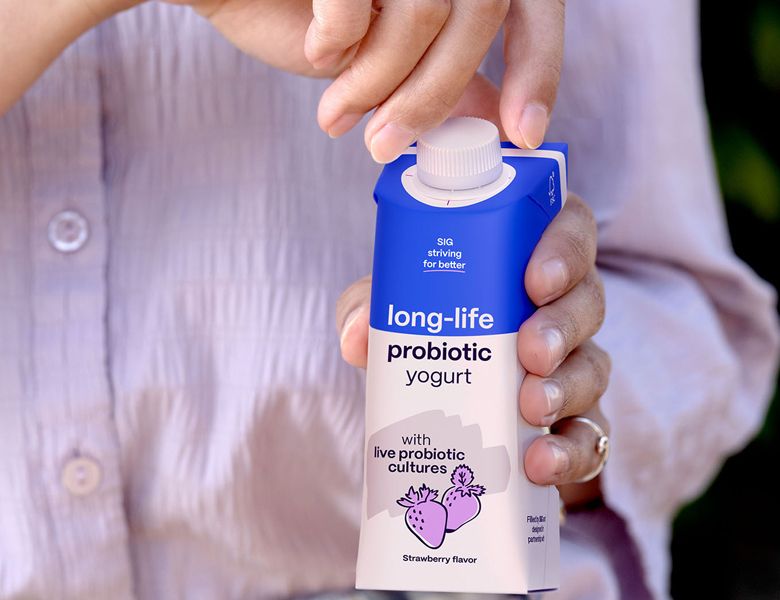- آتاماد
- Cheddar cheese cultures
Cheddar cheese cultures

- | user2 |
- Viewer: 3262
Cheddar cheese cultures , Starter bacteria play an important role in cheese production, including the growth of taste and control of harmful microorganisms.
Mesophilic cultures are one of the most common cultures and are used for more than 90% of all types of cheese, including cheddar cheese.
Starter cultures needed to produce cheddar cheese
The starter cultures required for Cheddar production are a mixture of mesophilic and thermophilic bacteria, which mainly contain lactic acid mesophilic bacteria that grow optimally at temperatures between 28-32°C. For this cheese, all starter cultures include one or more species of Lactococcus lactis subsp. cremoris or Lactococcus lactis subsp. lactis and Streptococcus salivarius subsp. Thermophilus. Lactococcus lactis is the most common acidifying strain used in the cheese production.
Based on microbiological and biochemical characteristics, the cremoris subspecies of Lactococcus lactis is the preferred microorganism for cheddar cheese production. Various strains of cremoris are now widely used in commercial mesophilic cultures. However, the use of these starters on an industrial scale has highlighted their sensitivity to bacteriophages that are naturally present in milk. By far, phage infections are the most common cause of disturbed milk fermentation.
Classification of mesophilic cultures for cheddar cheeses
Mesophilic cultures for cheddar cheeses are mainly divided into two defined or mixed groups.
Most defined starters are a combination of two or three well-defined cremoris strains. These strains are ideally phage unrelated (they are not attacked by the same phage strains) to prevent the lysis of starter and subsequent fermentation problems. Rotation of starters is also applied to prevent phage attack.
Mixed starters are composed of an undefined number and proportions of L. lactis strains that make them less prone to complete fermentation failure. Some mixed starters may even contain phages that coexist with bacterial strains. However, in the case of mechanized cheese production, these cultures are less predictable and more difficult to control. In Canada, many types of aged cheddar cheeses are still made with mixed cultures because defined cultures have failed to provide the expected flavor and quality.
When a strain used in a defined starter is sensitive to a particular phage, the priority is to replace it with a non-phage-related strain or a phage-resistant strain. It is almost impossible to remove phage-sensitive strains from mixed starters. Therefore, dairy microbiologists are looking for facile access to specific strains of cremoris to ensure the long-term effectiveness of these cultures. As proclaimed by many scientists, non-phage-dependent cremoris strains are very confined to the dairy industry. The enhance the number of such strains is welcomed in the expansion of new mesophilic starters. Unfortunately, cremoris strains are rarely isolated from nature, while Lactococcus lactis ssp. lactis are often derived from environmental instances such as plants.
Some strains of Lactobacillus helveticus are used as adjunct cultures and strains of Lactobacillus casei and Lactobacillus rhamnosus have been used in Cheddar also. As adjunct cultures, they aren’t able to produce acid; but are used because of their ability to produce or promote development of desirable flavors.
Factors involved in creating the taste of cheddar cheese
Factors involved in creating the taste of cheddar cheese include carbonyl, nitrogen and sulfur compounds, fatty acids, alcohols, salt and water content. Some of these compounds are added to the cheese curd, individually or in a mixture, to enhance the cheddar flavor. Milk conditions, ripening temperature and cheese microflora are other factors that affect the taste and aroma of cheddar.
Changes in the matrix of fat and protein will further affect the flavor of the cheese. For example, the taste and texture of cheddar cheese depend largely on protein breakdown and less on fat breakdown. Also, to eliminate fat, due to its high protein content, the texture of the cheese becomes firmer and more elastic. Therefore, the use of lactobacilli, which have more proteolytic activity than Lactococcus and Streptococcus thermophilus, is recommended to achieve a better aroma and taste. Lactobacillus casei probably contributes to cheddar flavor through lipolytic and proteolytic attributes. This organism may break down amino acids and produce ammonia. Lactobacillus plantarum, Lactobacillus brevis, Lactobacillus helveticus and Lactobacillus lactis are believed to help create cheddar flavor in some cases, but it should be noted that some strains of these organisms and other lactobacilli may Lead to off-flavors in the cheese.
GET IN TOUCH
Copyright © 2023 Atamad.com All right reserved
Website design and SEO services by Seohama team – Web hosting by Sarverhama
Copyright © 2023 Atamad.com All right reserved
Website design and SEO services by Seohama team – Web hosting by Sarverhama








